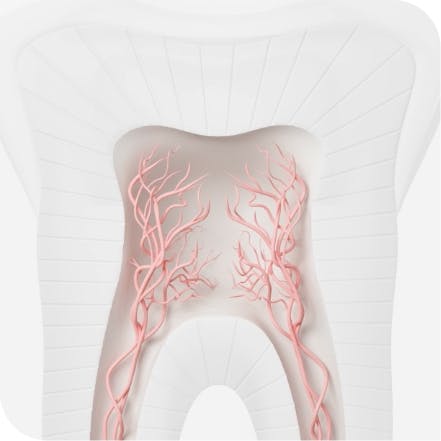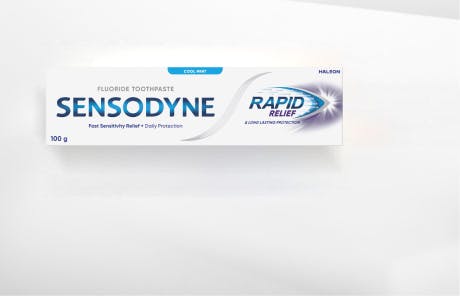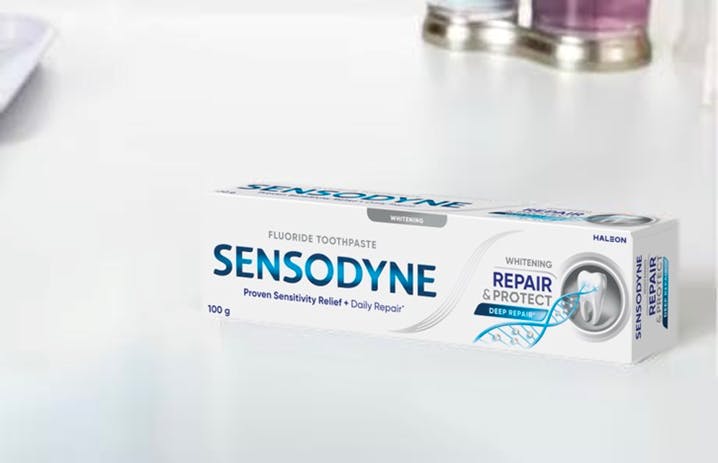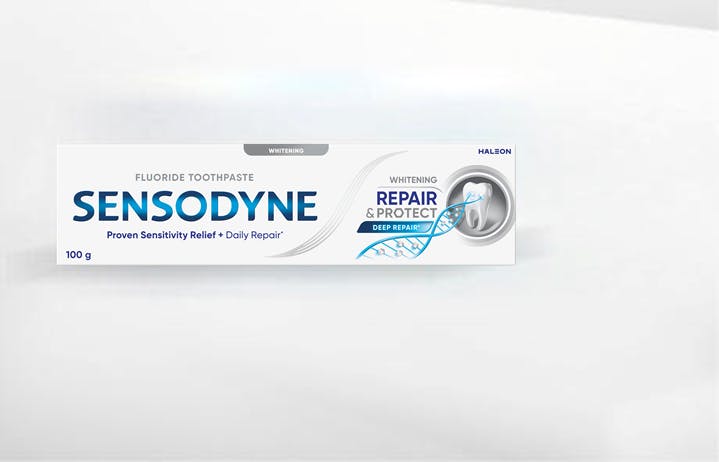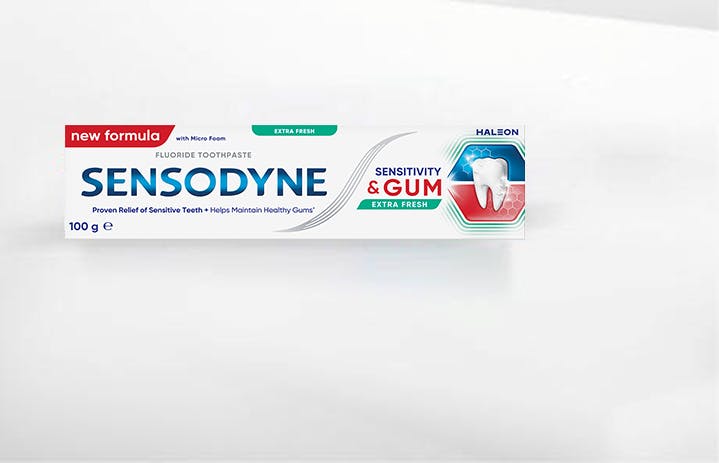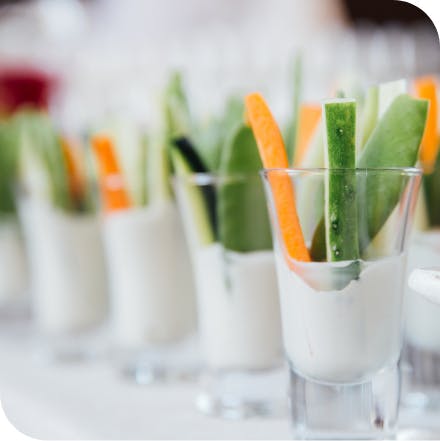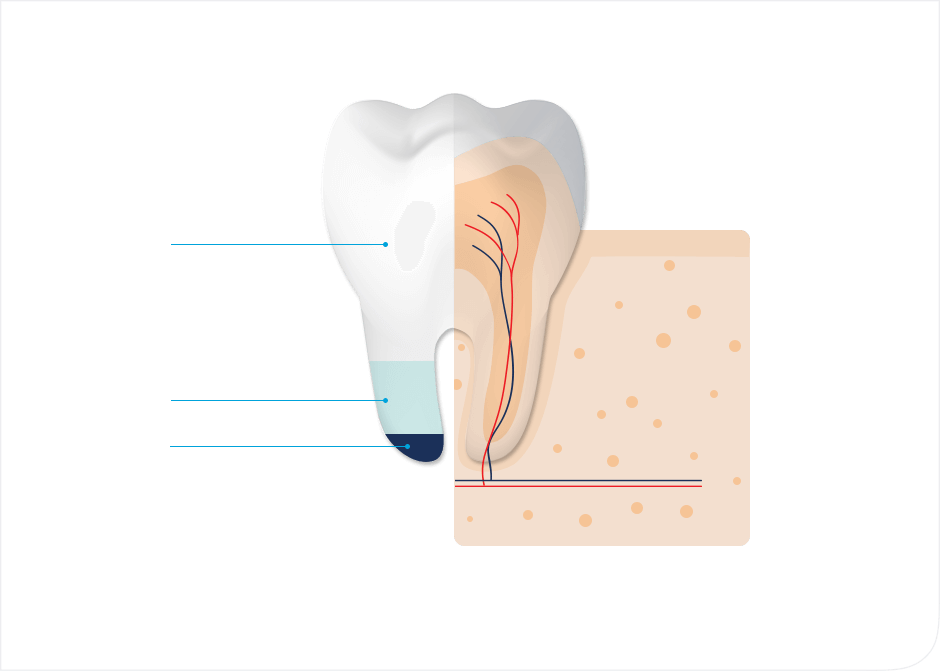About Enamel
- Sensitive Teeth Toothbrushes
- Understanding Sensitivity
- About Sensodyne
- Enamel
- Our Products
- Oral Health Tips
- Contact us
- Acceptable Use Policy
- Accessibility
- Sitemap
- Where to Buy
- Sensitivity & Gum Toothpaste
- Rapid Relief Sensitivity Toothpaste
- Promo
- Sensodyne Repair & Protect | Deep Repair
- Sensodyne Complete Care + Smart Clean Range
- home
- Sensitive Teeth Toothbrushes
- Understanding Sensitivity
- About Sensodyne
- Enamel
- Our Products
- Sensodyne Complete Care Original
- Product Results
- Sensitivity & Gum Extra Fresh Toothpaste
- Sensitivity & Gum Whitening Toothpaste
- Sensodyne Rapid Relief Original
- Rapid Relief Extra Fresh
- Repair and Protect Whitening
- Repair and Protect Extra Fresh
- Repair and Protect Original
- Sensodyne Repair Protect Toothbrush
- Sensodyne Extra Fresh Complete Care + Smart Clean
- Daily Care
- Daily Care + Whitening
- Deep Clean
- Daily Care toothbrush
- Cool Mint Mouthwash
- Sensitivity & Enamel Fresh Mint Toothpaste
- Sensitivity & Enamel Whitening Toothpaste
- Oral Health Tips
- Contact us
- Acceptable Use Policy
- Accessibility
- Sitemap
- Where to Buy
- Sensitivity & Gum Toothpaste
- Rapid Relief Sensitivity Toothpaste
- Promo
- Sensodyne Repair & Protect | Deep Repair
- Sensodyne Complete Care + Smart Clean Range
Trademarks are owned by or licensed to the Haleon group of companies. © 2023 Haleon. All rights reserved.
This website is operated by Haleon Australia Pty Ltd ABN 68 603 310 292, with its registered office at Level 48, 10 Darcy St, Parramatta NSW 2150. The content of this site is intended for Australian audiences only.
PM-AU-SENO-24-00064, PM-AU-SENO-22-00295. PM-AU-SENO-22-00296. PM-AU-SENO-22-00297.
PM-AU-SENO-22-00298. PM-AU-SENO-22-00299. PM-AU-SENO-23-00085
PM-AU-SENO-24-00022. PM-AU-SENO-24-00023
